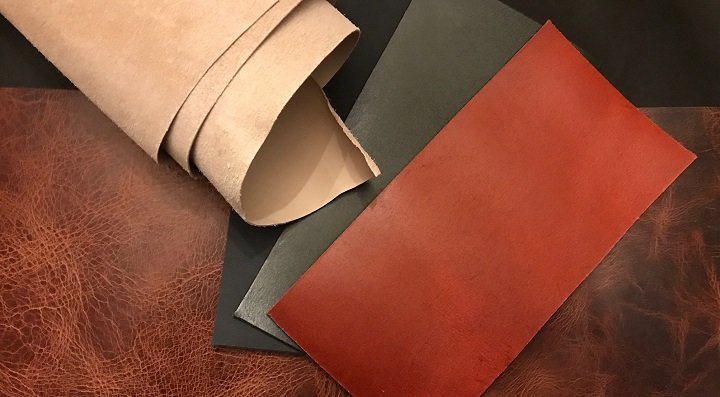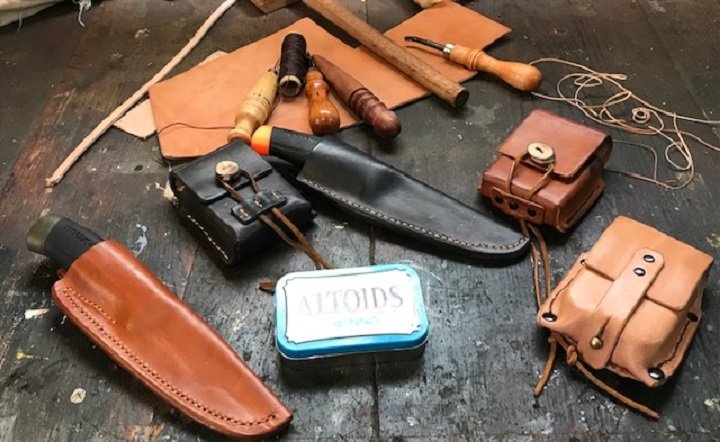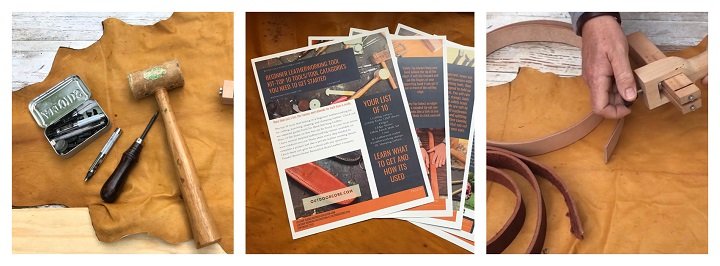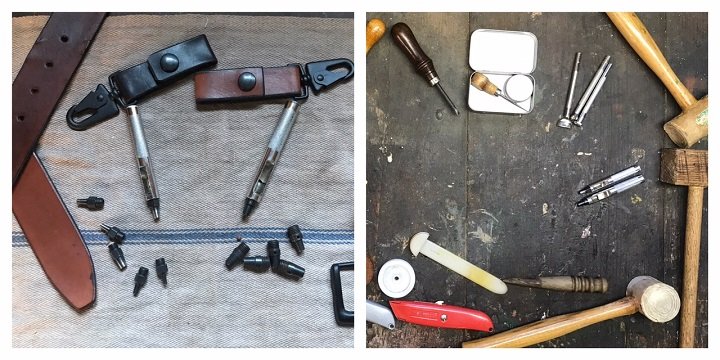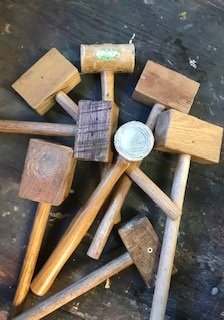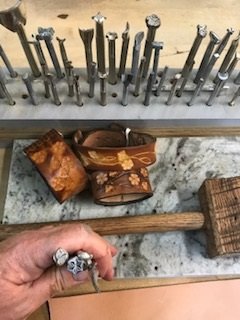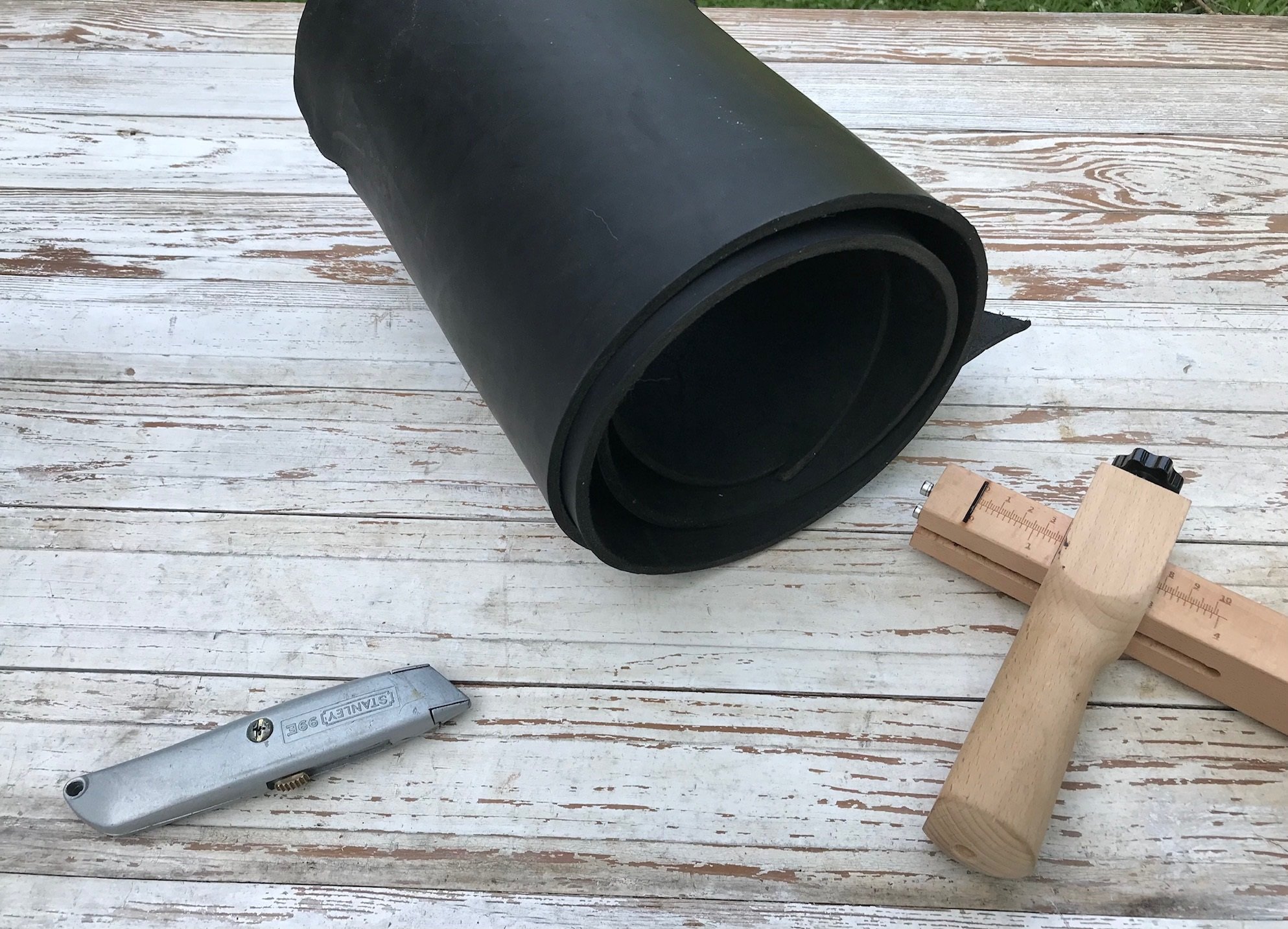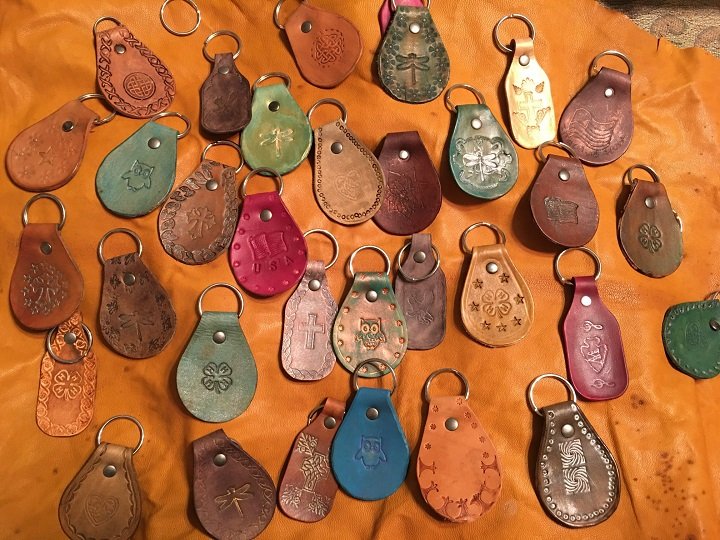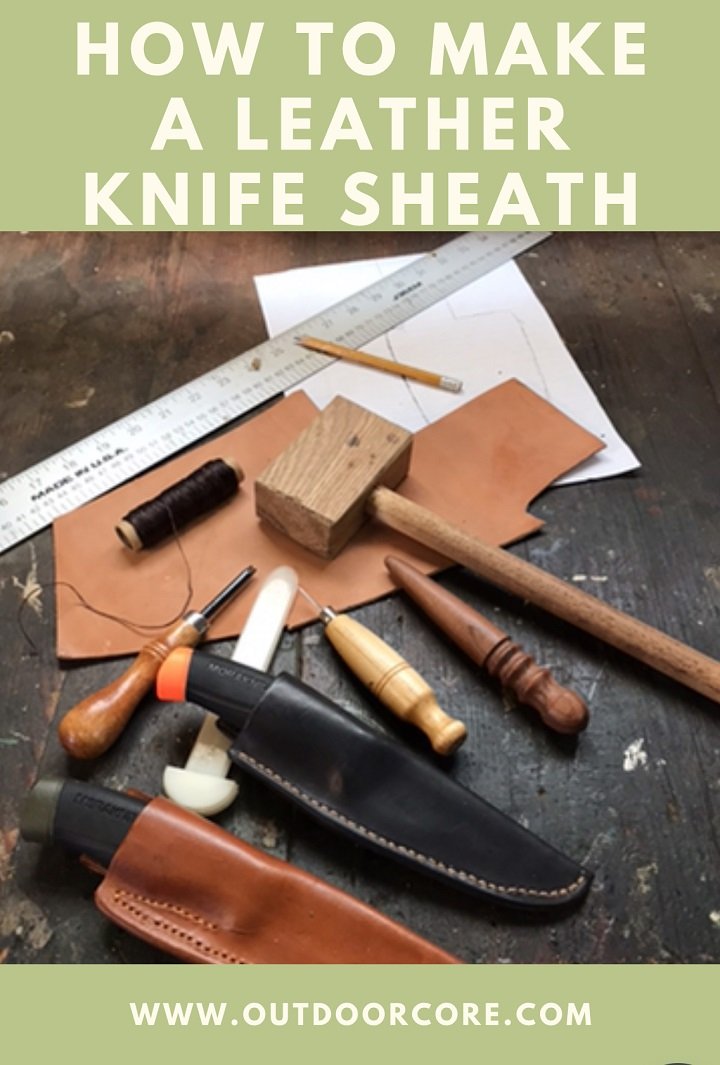I got into leatherwork so I had something constructive to do while our newborn took naps. It turned into a fun and rewarding hobby that I eventually shared, teaching kids and young adults in my community along with that “newborn” as he grew.
I have often scrambled to create a list for students who wanted to get their own tools and wished there was a comprehensive article and free guides I could turn to. Well, here it is. I can show you a fun and safe approach that will start you on your journey with you own beginner leatherworking kit.
WHAT BEGINNER LEATHERWORKING KIT IS BEST FOR YOU? CUTTING AND SHAPING? SEWING? OR BOTH?
The type of projects you do will determine what beginner leatherworking kit or kits are needed. We will explore where your interests lie and what is the best approach for you. We can divide this into two categories, cutting, shaping, stamping, or sewing. Some projects require both. Don’t worry, my first project required all that and the only items I had from a leather store were special needles and thread, the rest were “make do” items I had around the house and kitchen.
If your goal is to make belts, key chains, and coasters those can be accomplished with hole punches, knives and stamps found in my cutting shaping and stamping guide, you can also get the separate sewing guide that covers the basics there as well.
SOME OF TOOLS YOU NEED TO SHAPING LEATHER IS FOUND RIGHT AT HOME, THE HARDWARE OR DISCOUNT STORE
There are many simple tools that belong in a beginner leatherworking kit you may already have or can pick up local. The most important is a safe work surface which can be a two foot by two foot piece of plywood (at least 5/8 or thicker) with an anti-slip mat (found in the kitchen department) and a clamp to keep it from sliding around. This is a great starting point, thick poly cutting boards work as well, protecting the table or bench and your leather working tools.
Fancy leatherworking knives abound but I use a common retractable blade utility knife for most of my cutting. Get in the habit of closing it after use for safety. Thinner bag leather can be a challenge for regular scissors, but inexpensive EMT shears easily cut through it. You can pick those up anywhere first aid is sold and if you have never owned a pair, you will wonder how you did without them.
For punching holes in leather, you are going to need a leather working specific multi set of punches. Snaps, eyelets, rivets all require a very precise hole to work properly. Avoid a rotary punch, they only work well on thin leather. But if you have the hand strength of Thor then go ahead buy one. I use very firm leather and a rotary punch just does not work well. I detail what brands and models I use and what to stay away from in my guide.

